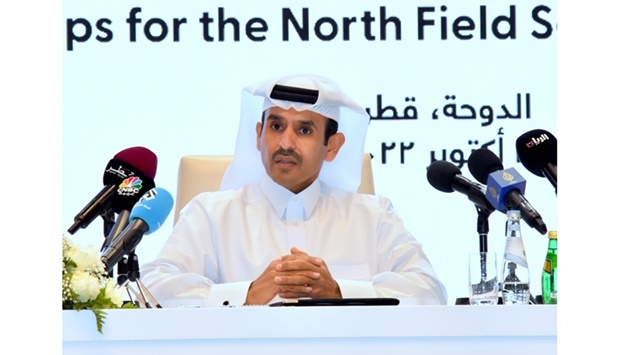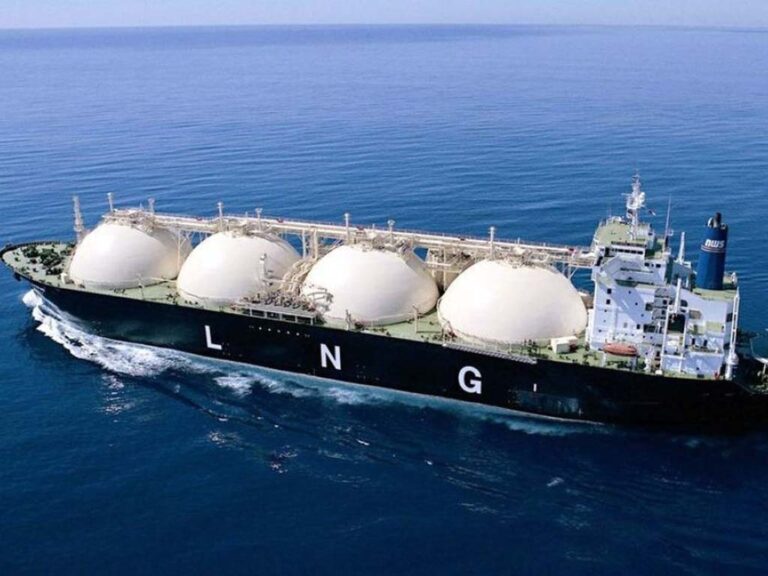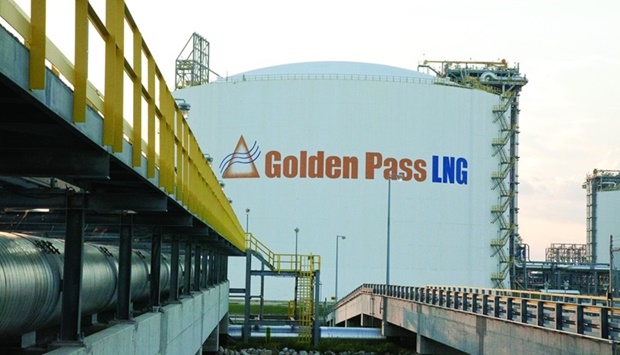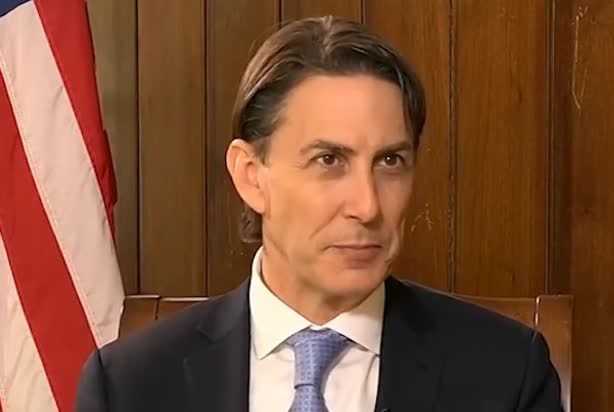Golden Pass to procure gas from US market; export-oriented LNG project to start production by end-2024: Al-Kaabi
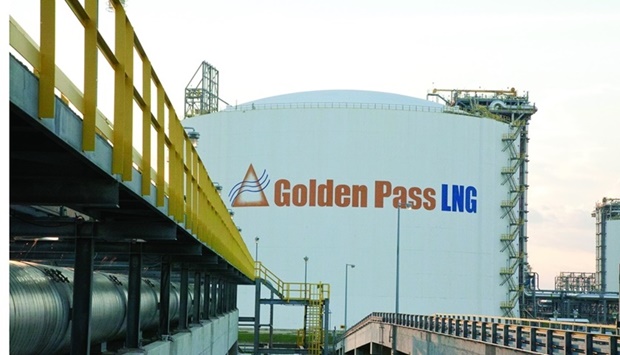
aramco,athens,athensenergydialogues,baroudi,carbon,climate,climate change,climateaction,climatechange,Closure Of Nuclear,Power,Plants,CO2,cyprus,decarbonising,decarbonization,democracy,doha,eastmed,egypt,embargo,emissions,ENERGY,Energy Market,energy,peace,energyindustry,europe,European Fuels,Russian Gas,Oil And Gas,Natural Gas,GAS,gazprom,greece,greenenergy,international,Maritime,disputes,LEBANON,Liquefied Natural Gas,maritime boundaries,east,mediterranean,Maritime disputes,offshore,OIL,opec,pollution,poverty,alleviation,Putin,QATAR,Renewable Energy,Rosneft,roudi,russia,Russia In The European Energy Sector,Russian Sanctions,saudi,solar,solar power,Straddling,hydrocarbons,reserves,sustainability,total,trump,turkey,ukrain,UNCLOS,usa
